Transfection system
The Neon® Transfection System enables fast and efficient delivery of nucleic acids into all mammalian cell types, including primary, stem, and difficult-to-transfect cells. The flexible and open system allows the user to perform high-quality transfections using optimized or user-defined protocols in three simple steps with as few as 2 × 104 cells per reaction. A novel reaction chamber provides a dramatic increase in transfection efficiency and cell viability. The Neon® Transfection System is:
• Efficient—up to 90% in many cell types, including difficult-to-transfect cells, primary, and stem cells
• Flexible—easily transfect from 2 × 104 cells to 6 × 106 cells per reaction
• Simple—easy to use, with a single reagent kit for all cell types
• Versatile—open system allows electroporation parameters to be optimized freely
Report Abuse
Shipping Details
Based on 0 reviews
Be the first to review “Transfection system”
You must be logged in to post a review.
Vendor Information
- Store Name: ATLANTIC Scientific and Research Supply
- Vendor: ATLANTIC Scientific and Research Suply
- No ratings found yet!
-
Health & Medical
UV-spectrophotometer double beam
Range 190-1100 nm, basic/quantiative wavelength scan/DNA Protein Test/Kinetic, automatic peak picking spectrum display. Large screen with graphic display. Spectrum and data can be printed out by printer and sent to computer via USB PORT. Set of 4 quartz and 4 glass cuvettes is provided. Software Included (Imported with German Lamps).
SKU: n/a -
Health & Medical
Spectrophotometer
The UV-Vis spectrophotometer is designed to meet high requirement for precision measurement in the research and production of organic chemistry, biochemistry, medical testing, food testing, environmental protection, water testing industries, etc. The latest ARM system and long optical system ensure high accuracy and good stability of the instrument. They are the best choice of high quality spectrophotometer.
SKU: n/a -
Health & Medical
Kenwood planetary mixer
Kenwood Chef Premier KMC 570 Kitchen Machine
The Chef Premier, featuring a 1000 Watt motor, will make food preparation tasks even simpler. With a stylish matt silver finish, it will complement any style of kitchen.If you are experienced in the kitchen, regularly prepare everyday meals and like the challenge of trying more elaborate recipes and catering for larger groups of friends and family, the KMC570 is the kitchen machine you need for a second pair of hands in the kitchen. Advance your culinary skills with confidence, knowing that the Kenwood Chef Premier will achieve the results you desire.
As well as a 4.6 Litre stainless steel bowl, the KMC570 Chef premier includes four bowl tools supplied (K Beater, balloon whisk, dough hook, Creaming Beater), 1.6 Litre ThermoResist glass blender allowing you to use hot and cold food one after the other and food processor attachments.
SKU: n/a -
Health & Medical
Glass -Test-Tube++
Glass test tube, also known as culture tube and sample tube, is a common and widely used glassware, which has a finger-like length, open top and closed bottom. It can be made of soda-lime material, borosilicate glass or quartz glass. And borosilicate glass and quartz glass test tube can withstand high temperatures up to several hundred celsuis.
SKU: n/a -
Health & Medical
Microscopes Compound
The high-performance compound microscope for every laboratory with fixed, pre-centred Koehler illumination.
The KERN OBF and OBL models are excellent, stable laboratory microscopes for all common routine applications
Through the simple Köhler lighting, the adjustable field diaphragm and a pre-centred and height-adjustable Abbe condenser with adjustable aperture diaphragm, these microscopes produce superb images in both the light and dark field
As standard, these microscopes, depending on the model, are fitted with wide-field eyepieces, achromatic, planachromatic or infinitely corrected E-Plan lenses
These binocular microscopes are fitted with a dioptre compensation
A trinocular head is available as an option, so that you can connect a camera
A revolving unit for up to 4 lenses and a large specimen stage are included with delivery as standard
The following optional accessory items are available: Various eyepieces, lenses, a complete polarisation kit, a phase-contrast unit as well as complete HBO and LED fluorescence kits etc.
The light is provided by a 20 Watt halogen lighting unit or by a 3 Watt LED version as an alternative
A central feature of this adaptable, robust microscope range is the stable mechanism which can be adjusted preciselySKU: n/a -
Health & Medical
UV-spectrophotometer single beam
Simple & clear keyboard operation provides auto 0% & 100% adjustment, Error free T-A transformation, faster setting and direct concentration readout functions.
Imported Tungsten (W) Lamp, long service life.
Spacious sample compartment, suitable for various dimensions optical path rectangular cells(100mm max).SKU: n/a


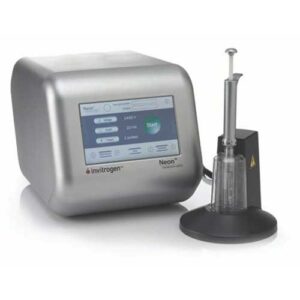
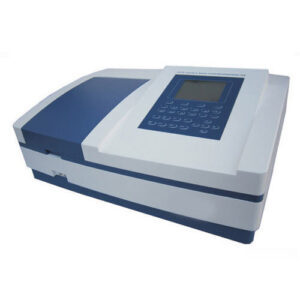
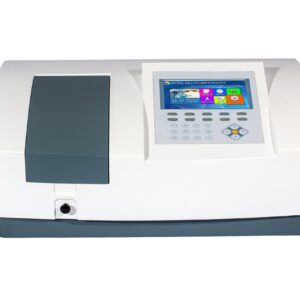
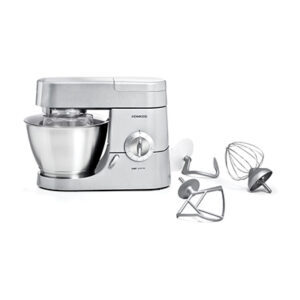
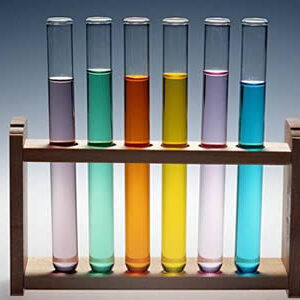
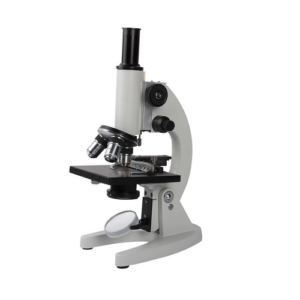
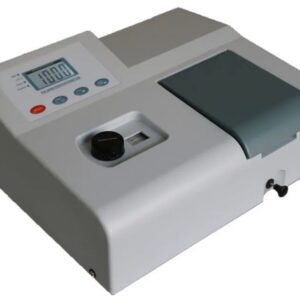
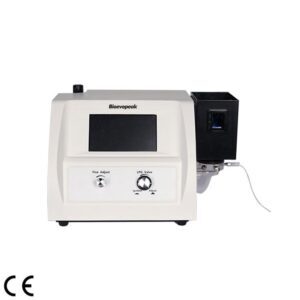
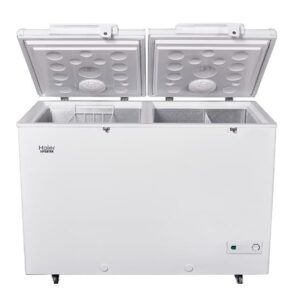
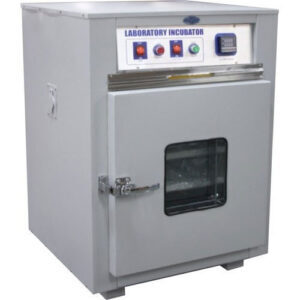
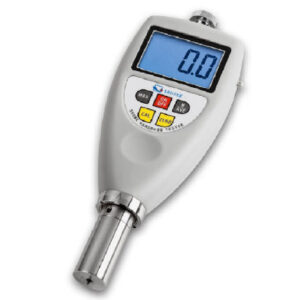
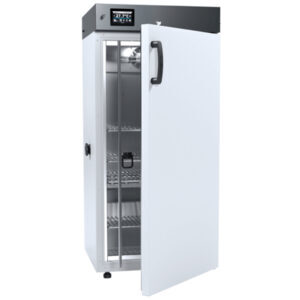
There are no reviews yet.